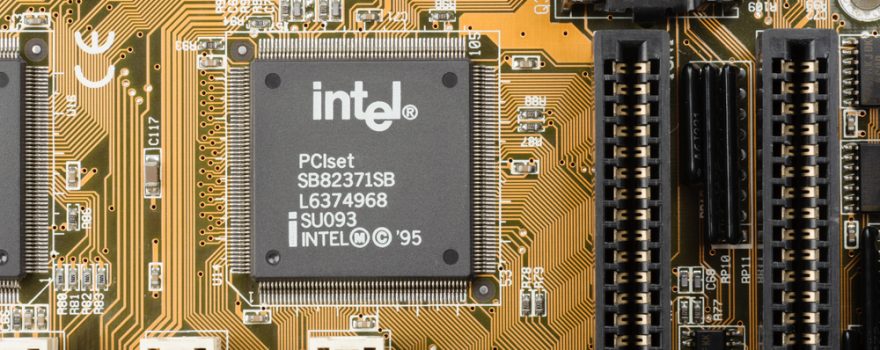
During the Intel Foundry Direct Connect event, a seismic announcement echoed through the tech world as Intel unveiled its grand plans for the future. The tech giant declared its intent to launch the production and development of the Intel 10A node, a groundbreaking 1nm analog, set to revolutionize the semiconductor industry. Not stopping there, Intel revealed its commitment to commence production on the 14A (1.4nm) node in 2026. These revelations were complemented by an ambitious investment strategy, with Intel committing a staggering $100 billion to bolster its manufacturing capacity.
Strategic Timelines Unveiled: 14A Node in 2026, 10A Node in 2027
In a departure from its earlier vagueness, Intel outlined a clear roadmap. Production for the 14A node is slated to kick off in 2026, while the much-anticipated 10A node will enter the scene in late 2027. The ‘A’ in Intel’s node nomenclature, representing angstrom, reveals this as the company’s foray into the 1-nm class node, a milestone that holds immense significance in the world of semiconductor technology.
The Enigma of 10A: Powering Forward with Double-Digit Improvements
While details about the 10A node remain shrouded in mystery, Intel assured enthusiasts that it would deliver double-digit power and performance improvements. Comparisons with the 14A node indicate a projected improvement ranging between 14-15%, promising a leap forward in processing capabilities.
Packaging Prowess: Foveros, EMIB, SIP, and HBI Capacity to Skyrocket
Intel doesn’t just plan to excel in miniaturization; it aims to lead in packaging complexity. The company revealed ambitious plans to ramp up its capacity for Foveros, EMIB, SIP, and HBI packaging technologies. This strategic move ensures a consistent supply of advanced processors equipped with intricate packaging, including the highly coveted High Bandwidth Memory (HBM).
Global Redundancy and Automation Revolution
Geographic diversification is a key pillar of Intel’s strategy, providing global redundancy in operations and offering customers the option of an entirely American-based supply chain. A critical component of this strategy is the heavy reliance on automation. Intel aims to infuse artificial intelligence into every facet of its production, from capacity planning and forecasting to improving yields and actual manufacturing operations. The introduction of AI “Cobots” and extensive robotic automation signals a paradigm shift, hinting at a future where machines collaborate seamlessly with human counterparts.
As Intel embarks on this ambitious journey, the technology landscape braces itself for transformative changes. The convergence of cutting-edge semiconductor technology, strategic investments, and a commitment to automation positions Intel at the forefront of innovation, setting the stage for a new era in the world of computing.
Source: Tom’s Hardware
